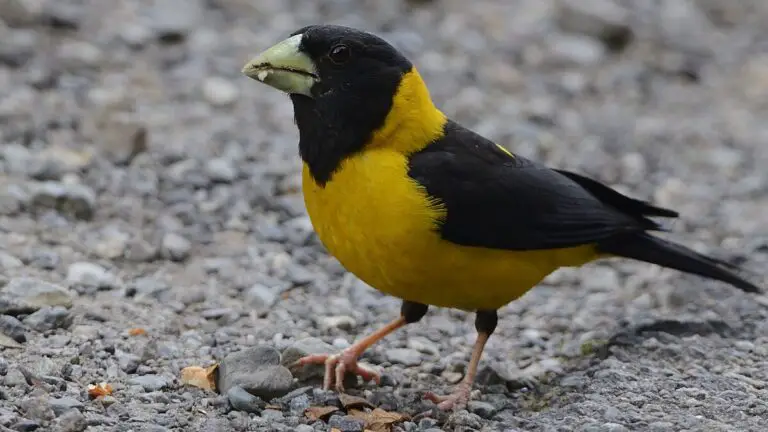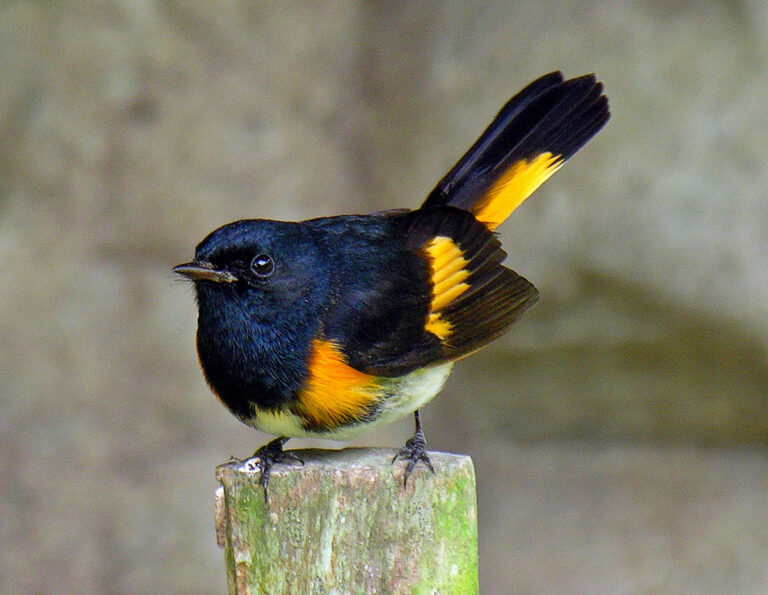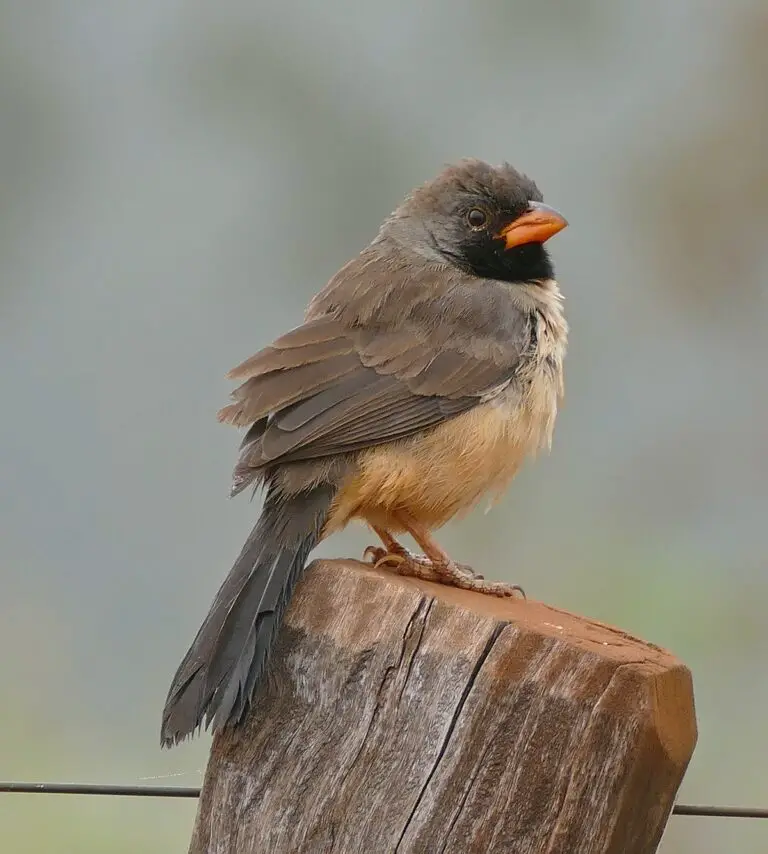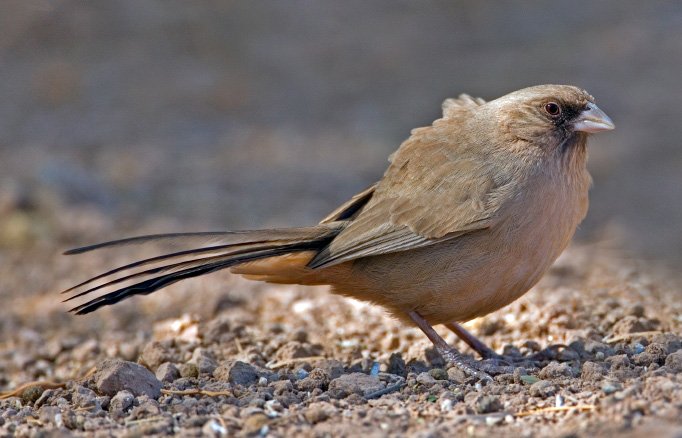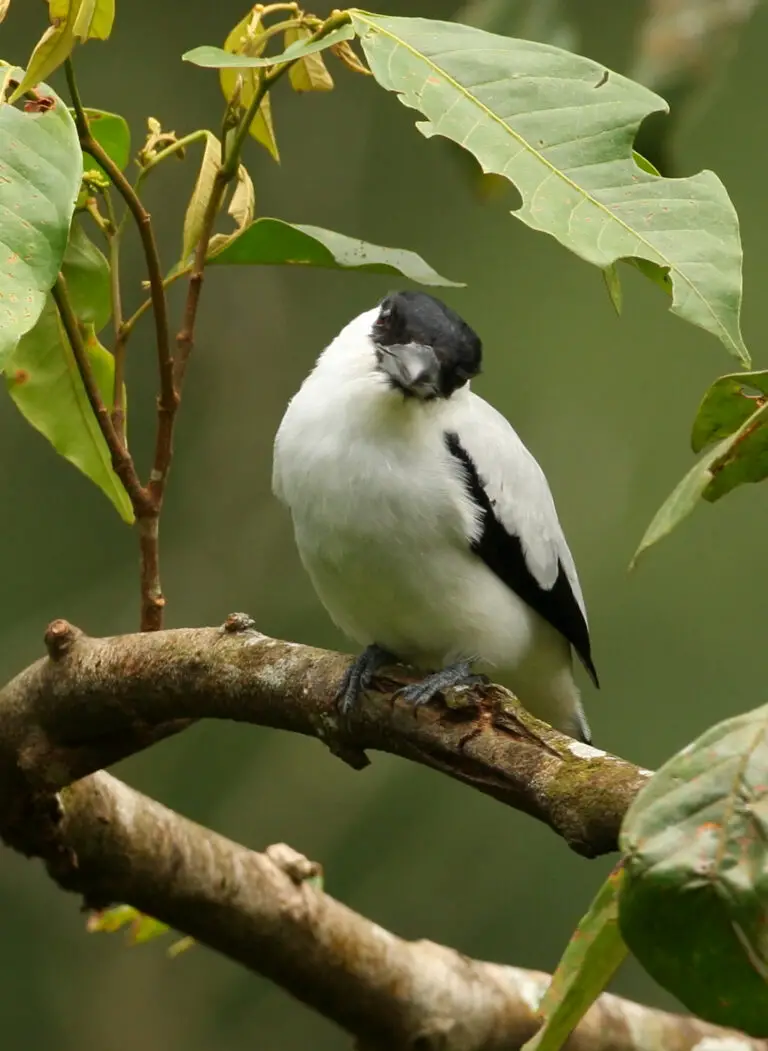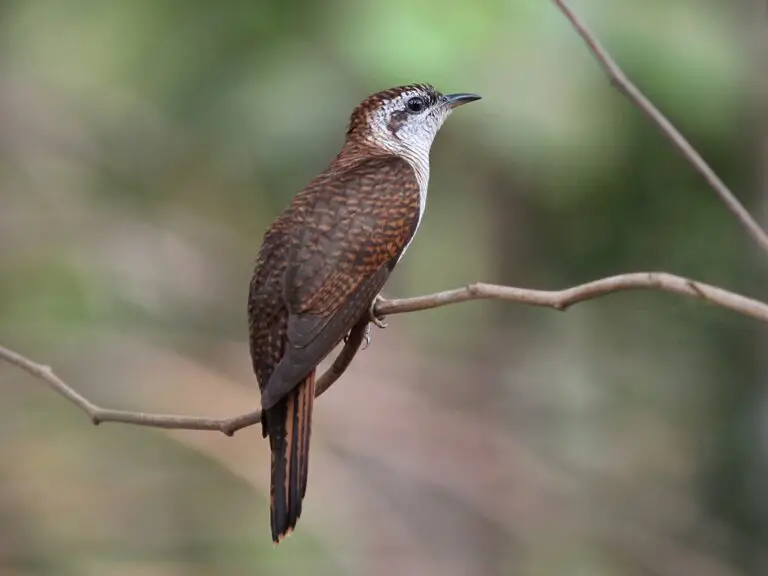Salvin’s Albatross Birds
Scientific Classification
Domain: Eukaryota
Kingdom: Animalia
Phylum: Chordata
Class: Aves
Order: Procellariiformes
Family: Diomedeidae
Genus: Thalassarche
Species: T. salvini
Salvin’s albatross Overview
Salvin’s albatross is a large seabird that is primarily found in the southern oceans. They have a wingspan of up to 3 meters and are known for their impressive gliding abilities. These birds are mostly white with black markings on their wings and back, and they have a yellowish bill with a pink tip. Salvin’s albatross feed on fish, squid, and other marine creatures, often scavenging for food near fishing boats. They are known for their long migrations, traveling thousands of kilometers across the open ocean. Despite their size, Salvin’s albatross are graceful flyers and are able to cover great distances with little effort. They are currently classified as a vulnerable species due to threats such as overfishing and pollution.
Salvin’s albatross Characteristics
Salvin’s albatross is a large seabird with a wingspan of up to 9 feet.
They have a white body with black wings and a yellow bill.
They are known for their graceful flight and ability to travel long distances over the ocean.
Salvin’s albatross are skilled at using air currents to soar for hours without flapping their wings.
They primarily feed on fish and squid that they catch while skimming the surface of the water.
These birds are often found in the southern oceans near New Zealand and Australia.
Salvin’s albatross Habitat
The Salvin’s albatross is a magnificent seabird that can be found in the Southern Ocean. They have a wingspan of over two meters and are known for their graceful flight. These birds are at risk due to threats such as fishing bycatch and habitat destruction. Conservation efforts are crucial to protect the Salvin’s albatross and ensure their survival for future generations. By preserving their habitat and reducing human impacts, we can help these beautiful birds thrive in their natural environment. Let’s work together to safeguard the Salvin’s albatross and other marine species for a healthy and balanced ecosystem.
Salvin’s albatross Sounds
The sounds of Salvin’s albatross are mainly vocalizations such as honking, cackling, and bill clapping. These sounds are used for communication between mates, parents and chicks, and during courtship displays. The calls of these majestic seabirds can be heard echoing over the open ocean as they soar effortlessly on their long wings. The various sounds of Salvin’s albatross play an important role in their social interactions and overall behavior, adding to the beauty and mystique of these incredible birds.
Salvin’s albatross Diet
The diet of Salvin’s albatross mainly consists of fish, squid, and crustaceans. They are opportunistic feeders, often scavenging for food on the ocean’s surface. They are known to follow fishing vessels to feed on discarded fish and offal. Salvin’s albatross are capable of diving to catch fish and squid, but they mostly feed by surface-seizing prey. They have a highly efficient digestive system that allows them to extract nutrients from their food quickly. Their diet is a key factor in maintaining their energy levels for their long flights over the open ocean. Overall, Salvin’s albatross have a varied diet that helps them survive in their oceanic habitat.
Salvin’s albatross Predators
Salvin’s albatross is a large seabird that is found in the southern oceans. They are skilled flyers and spend most of their time gliding over the open water in search of food. However, they face threats from predators such as sharks and large predatory fish that lurk beneath the surface of the water. These predators are attracted to the albatrosses by the fish and other small marine animals that the birds feed on. In addition, introduced species like rats and cats on some of the islands where Salvin’s albatrosses nest also pose a threat to their populations. Despite these challenges, Salvin’s albatrosses have evolved to be efficient and agile flyers, allowing them to escape from many of their predators.
Salvin’s albatross Life span
The lifespan of Salvin’s albatross is around 40 years. These majestic seabirds spend most of their lives flying over the open ocean, feeding on fish and squid. They mate for life, returning to the same breeding grounds each year to raise their young. Despite their long lifespan, Salvin’s albatross populations are declining due to threats such as bycatch in fishing gear and habitat destruction. Conservation efforts are being made to protect these beautiful birds and ensure their survival for future generations.
Salvin’s albatross Conservation Status
The conservation status of Salvin’s albatross is currently listed as vulnerable. This species faces threats such as habitat destruction, pollution, and bycatch in fishing gear. Efforts are being made to protect their breeding grounds and reduce interactions with fishing activities to help increase their population numbers. Conservation organizations are working to raise awareness about the importance of protecting these birds and their marine environments. Continued monitoring and conservation efforts are needed to ensure the long-term survival of Salvin’s albatross.
Salvin’s albatross Population
Salvin’s albatross is a large seabird with a wingspan of up to 8 feet. They are found in the Southern Ocean and are known for their impressive flying abilities. Unfortunately, their population has been declining due to threats such as bycatch in fishing gear and habitat destruction. Conservation efforts are underway to protect these magnificent birds and ensure their survival for future generations. It is important for us to take action to protect Salvin’s albatross and other endangered species to maintain the balance of our delicate ecosystems.
Salvin’s albatross Interesting Facts
Salvin’s albatross is a large seabird that can be found in the South Pacific Ocean. They have a wingspan of up to 11 feet, making them one of the largest flying birds in the world. These albatrosses are known for their impressive flying abilities, able to travel long distances without flapping their wings. They are also famous for their intricate courtship dances, where they use a series of intricate movements and calls to attract a mate. Unfortunately, Salvin’s albatross is considered vulnerable due to threats such as fishing bycatch and habitat destruction.
Conclusion
In conclusion, Salvin’s albatross is a majestic seabird that faces threats from fishing activities and climate change, highlighting the importance of conservation efforts to protect this vulnerable species.
